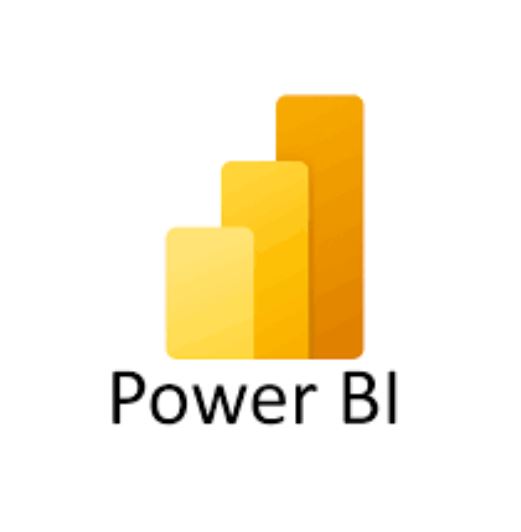- Likes
- Followers
- Followers
- Followers
- Subscribers
- Followers
- Members
- Followers
- Members
- Subscribers
- Subscribers
- Posts
- Comments
- Members
- Subscribe
Features-Microsoft Power BI Business Analytics Tool

Microsoft Power BI is a powerful business analytics and data visualization tool that enables users to visualize and share insights from their data. With the help of Power BI, users can turn their data into powerful insight with AI capabilities and user friendly report creation tool. It facilitates to create datasets from different sources and add them into OneLake data hub which is capable to handle million gigabytes of data with enterprise grade of ingestion and semantic modeling that can scale across thousand of users making it one of the powerful business intelligence tools. In this article, I’ll list down the key features of Power BI.
1. Data Connectivity
Power BI supports connectivity to a wide range of data sources, including databases, cloud-based and on-premises data sources, Excel spreadsheets, and online services.
2. Data Transformation and Cleaning
Users can perform data transformation and cleaning operations using Power Query, a built-in ETL (Extract, Transform, Load) tool, to shape and refine data before analysis.
3. Data Modeling
Microsoft Power BI allows users to create relationships between different tables, define calculated columns and measures, and build a robust data model to support analytical insights.
4. Visualizations
Microsoft Power BI offers a variety of interactive visualizations such as charts, graphs, maps, and tables. Users can choose from a rich library of visuals to represent their data effectively.
5. Interactive Dashboards
Users can create interactive dashboards by combining multiple visualizations into a single canvas. These interactive dashboards provide a holistic view of key metrics and trends to make decisions. Through Microsoft Power BI you can create report in seconds, generate DAX calculations by asking CoPilot in Power BI to suggest relevant codes and entire functions, create summaries and get answers in your conversational language.
6. Q&A (Natural Language Query)
Microsoft Power BI includes a natural language query feature that allows users to ask questions about their data using plain language and receive relevant visualizations as answers.
7. Power BI Service
The Microsoft Power BI service enables users to publish, share, and collaborate on reports and dashboards in the cloud. It also provides features like automatic data refresh and scheduled report delivery.
Posts You May Like
8. Power BI Desktop
Power BI Desktop is a free desktop application that allows users to create reports and dashboards locally. It provides a robust environment for designing and building data models.
9. Power BI Mobile
Power BI offers mobile apps for iOS and Android devices, allowing users to access and interact with reports and dashboards on the go.
10. Security and Governance
Power BI provides features for securing and governing data, including row-level security, data encryption, and integration with Azure Active Directory for user authentication.
11. Integration with Microsoft Products
Power BI seamlessly integrates with other Microsoft products such as Excel, SharePoint, and Teams, providing a cohesive analytics experience within the Microsoft ecosystem. You can easily embed and share reports in these MS tools seamlessly.
12. Customization and Extensibility
Users can customize and extend Power BI functionality through the use of custom visuals, custom connectors, and Power BI REST APIs.
13. AI and Machine Learning Integration
Microsoft Power BI integrates with Azure Machine Learning and includes AI capabilities for features such as sentiment analysis and key driver analysis.
14. Community and Learning Resources
Power BI has a vibrant community where users can find forums, documentation, and learning resources. Microsoft regularly updates and enhances the tool based on user feedback.
These features make Microsoft Power BI a comprehensive and flexible tool for data analysis, visualization, and business intelligence.
Image credit- Canva


Comments are closed.